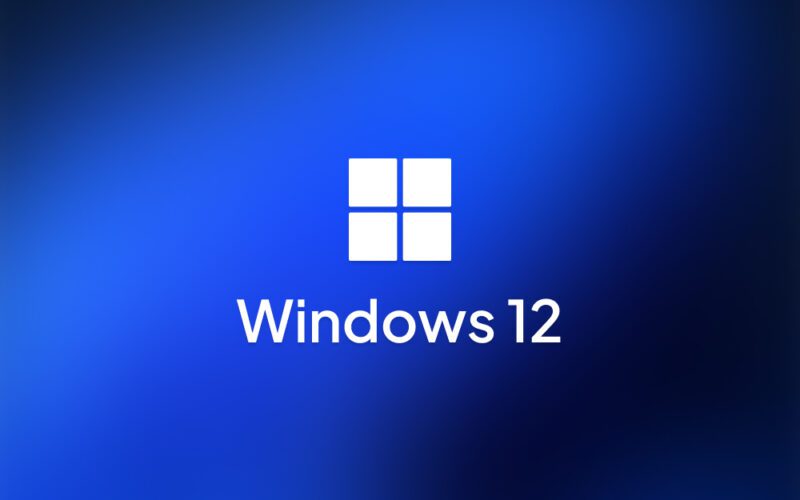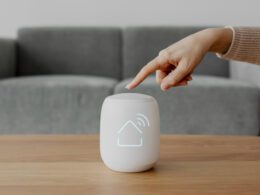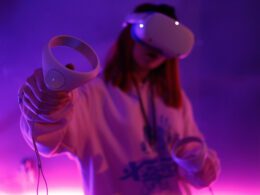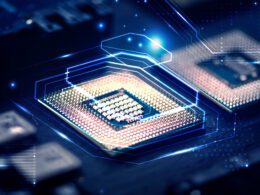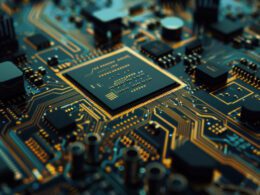Microsoft’s Windows 12 has officially launched, bringing with it a refined interface, AI-powered tools, and deeper integration with cloud and edge computing technologies. Whether you’re a longtime Windows user or exploring the upgrade for the first time, this guide will help you master the top features of Windows 12 and show you how to use them effectively.
Redesigned Start Menu and Taskbar
Windows 12 introduces a sleeker, more customizable Start Menu that offers dynamic content based on your activity. The taskbar now supports live widgets, predictive app suggestions, and deeper integration with Microsoft 365.
How to Use It:
Right-click the Start Menu to pin or group apps. Use the new “Focus View” to remove distractions and prioritize tasks. Widgets can be managed from the Settings > Personalization > Taskbar menu.
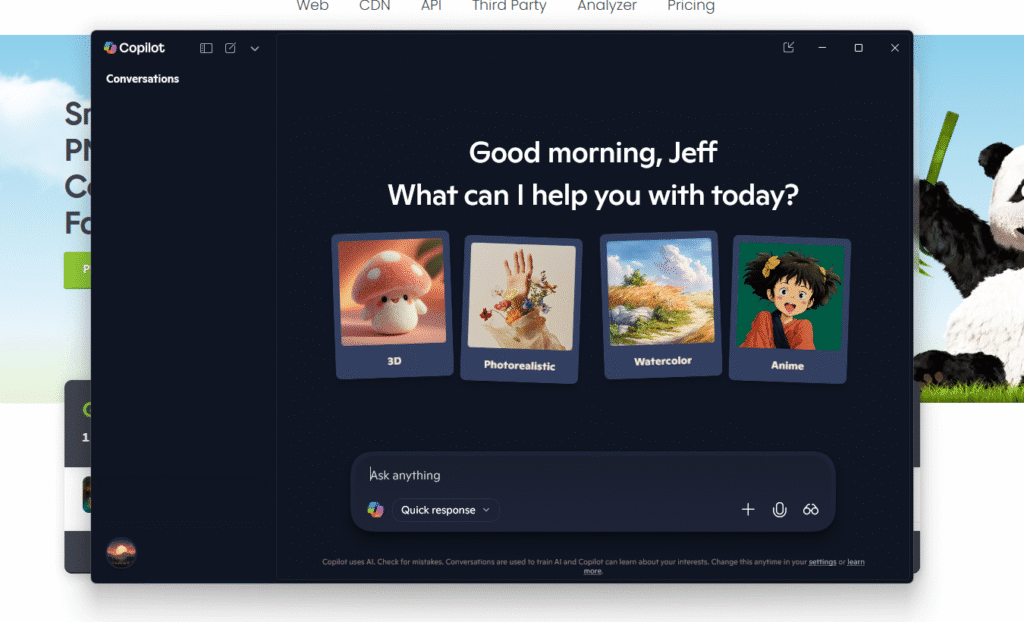
AI Copilot for Everyday Productivity
Microsoft Copilot is now built directly into Windows 12, acting as a real-time assistant that helps with emails, file management, calendar events, coding, and even summarizing documents.
How to Use It:
Activate Copilot by clicking the taskbar icon or using Win + C. Ask it to draft emails, summarize PDFs, or optimize your settings. You can also integrate it with Microsoft Word, Excel, and Edge.
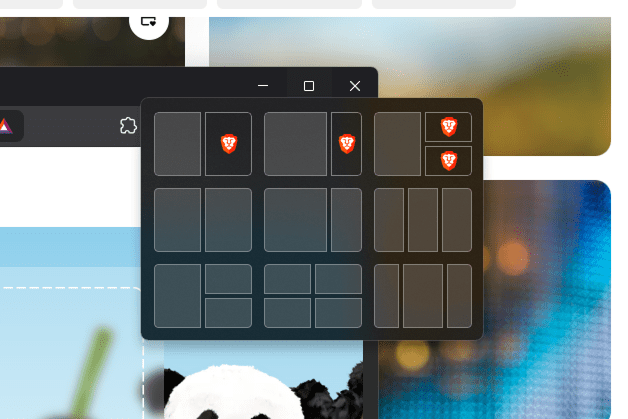
Snap Layouts 2.0
Multitasking becomes more efficient with Snap Layouts 2.0, which offers smart window suggestions based on your screen usage patterns and app behavior.
How to Use It:
Hover your cursor over the maximize button of any open window. Choose a layout or press Win + Z for instant layout options. Snap Groups now persist between reboots and across virtual desktops.
Enhanced Virtual Desktops
Windows 12 lets you assign different desktops for work, gaming, and entertainment, each with unique themes, taskbars, and background processes.
How to Use It:
Press Ctrl + Win + Left/Right Arrow to switch between desktops. Go to Settings > System > Multitasking to configure rules for apps and background tasks per desktop.
Native Cloud Sync and Backup
Integration with OneDrive now allows real-time syncing of system settings, app preferences, and folders across devices. No more manual backups or lost files during system resets.
How to Use It:
Link your Microsoft account and go to Settings > Accounts > Windows Backup. Enable auto-sync for themes, passwords, and installed apps. You can restore them on any Windows 12 device instantly.
Gaming and Graphics Boost
Windows 12 includes DirectStorage 2.0, improved Auto HDR, and enhanced GPU scheduling. These features reduce load times, improve frame rates, and elevate graphics rendering across newer hardware.
How to Use It:
Ensure you have an SSD and compatible GPU. Then enable features from Settings > Gaming > Graphics. Game Mode and Xbox Game Bar continue to be customizable under the same menu.
Improved Security and Privacy Controls
With Smart App Control, Windows Hello+, and contextual firewall suggestions, Windows 12 steps up both user privacy and enterprise-level protection.
How to Use It:
Navigate to Settings > Privacy & Security to configure app access, biometric authentication, and encrypted login options. You’ll also receive AI-based alerts when unknown apps attempt unusual access.
Deeper Integration with Android and iOS
The updated Phone Link app in Windows 12 allows you to manage texts, calls, notifications, and even mirror Android apps on your desktop. iPhone users can sync iMessages and contacts more reliably than before.
How to Use It:
Install the Phone Link app on both your PC and mobile device. Follow the pairing instructions to sync seamlessly and use your phone from your desktop.
The Windows 12 features make this version not just an upgrade, but a full evolution of the operating system. With integrated AI, smart multitasking, and a cloud-first approach, users get a modern, responsive experience across all devices.
By learning how to use these tools effectively, you’ll enhance productivity, boost system performance, and stay ahead of the curve in today’s tech landscape.





